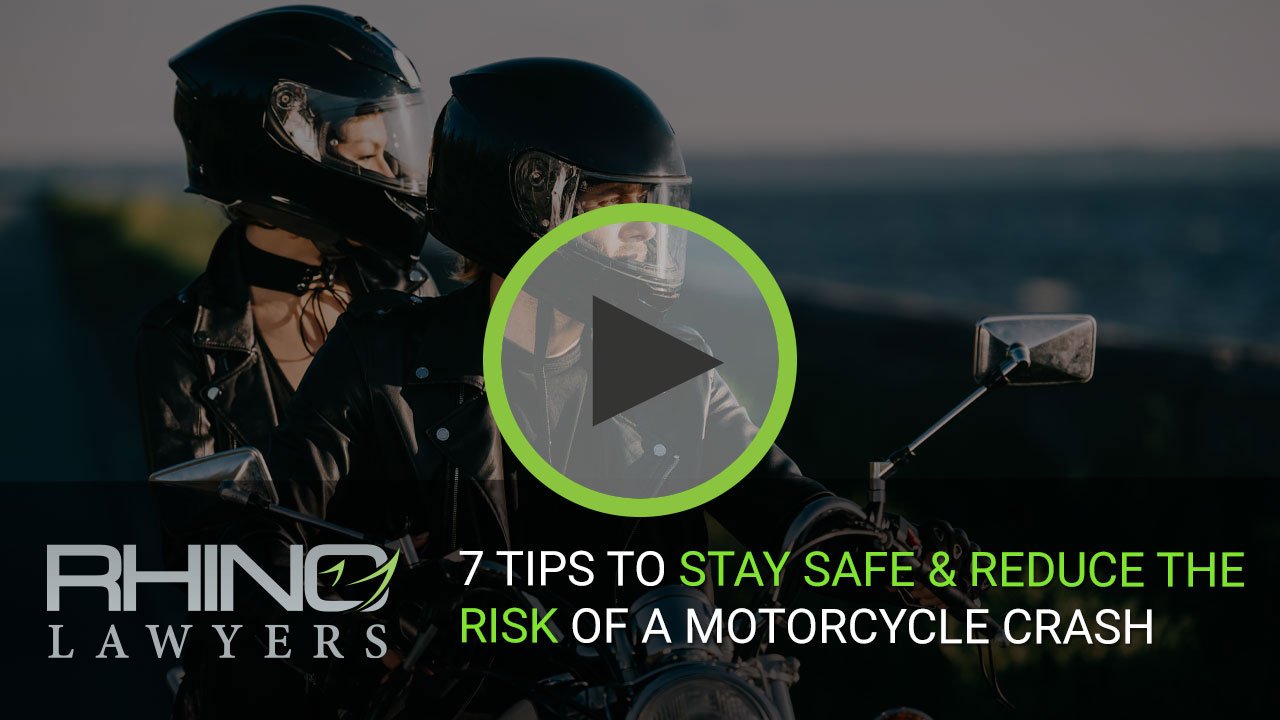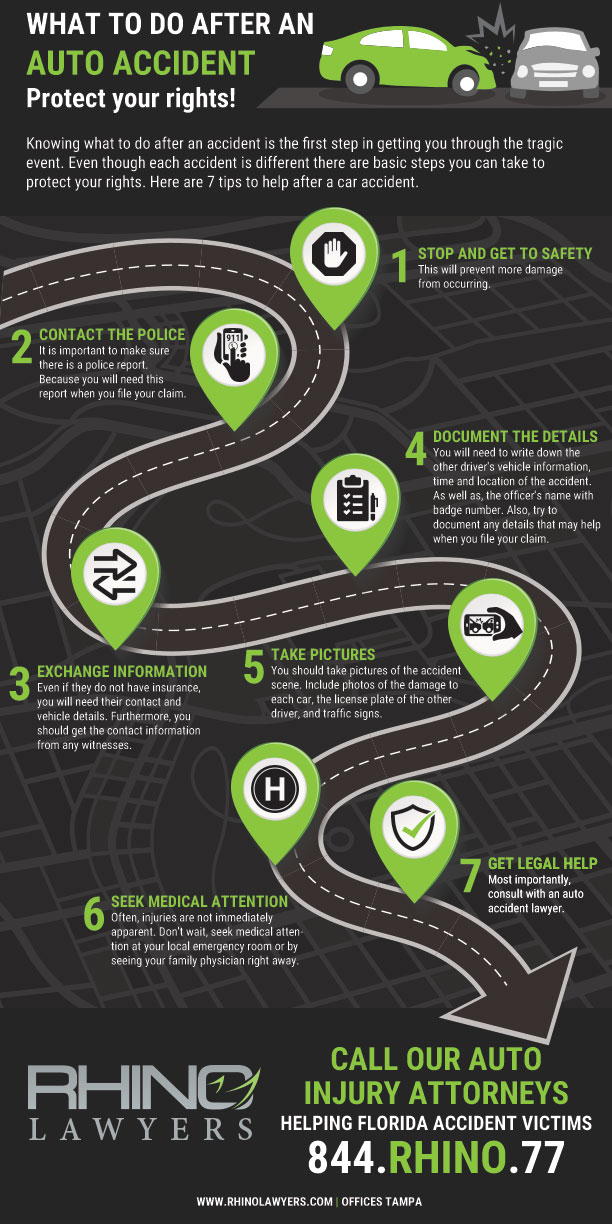
Are you worried about having a motorcycle crash?
The chance of a fatal motorcycle accident isn’t as slim as you might think. Each year there are around 5,000 motorcycle fatalities. But, you may not know that there are things you can do to reduce the risk of an accident happening to you.
Read on for these seven tips on motorcycle crash prevention, to keep you safe on the road.
1. Wear a Helmet and the Right Gear
For most, this might seem like an obvious tip to follow. Most of you may already do it. But for other riders, some don’t wear a helmet or protective gear to keep them safe.
But, if you’re not wearing a helmet, the risk of death or serious injury in a motorcycle accident increases. They reduce the risk of fatality by 37% and serious head injury by 69%!
Wearing the right protective gear on your body also reduces the risk of serious injuries. Biking leathers and pads help keep your skin protected against skids and burns. A reflective jacket also lets other drivers spot you with ease. Don’t compromise on safety gear, it could save your life.
2. Pay Attention to Your Speed
The faster your speed, the less reaction time you have to other drivers, debris, and hazards on the road. For example, speeding could make it harder to see a turn that’s coming up. As a result, you could go into it too fast.
In moments like that, it’s easy to panic and put the breaks on hard. As a result, this could throw you off the bike, and the momentum could send you flying into oncoming traffic.
Or, if you try to ride through the corner still, you could turn too sharply. The bike then could slide out from under you, skidding you across the road beneath it.
To stay safe, don’t go faster than a speed that lets you judge the direction of a road. Always give yourself enough reaction time to counter any unsuspected and sudden hazards. You can’t always know if there is a slippery spot or a pothole in the road. And the weather can change from calm to dangerous in an instance.
3. Keep Blind Spots in Mind
Out of all the vehicles on the road, motorcycles are the smallest legal ones. In general, this means they can be harder to spot. But this is especially the case when you factor in that other, larger vehicles have blind spots.
Always be alert to the fact you’re entering a blind spot for another vehicle. If you can, it’s a good idea to avoid these blind spots altogether.
You should also try to avoid passing in high-traffic areas, and on curvy, bending roads. Otherwise, you may find yourself in need of a motorcycle accident lawyer.
4. Watch for High Traffic Areas and Opening Doors
It’s not always possible to stay out of high traffic areas on your motorcycle and you shouldn’t have to. But, it’s useful when planning a trip on weekends and major holidays to consider your route.
Know which roads will be busy, and when. It might be better to adjust your route to avoid those busy roads if you can. Or you can plan around a time that sees less traffic volume.
Also, be aware of areas where there is a high volume of parking on the roadside. When you’re driving past, be aware of these parked cars.
A big cause of a motorcycle accident today happens when a driver or passenger in a parked car opens their door. They don’t see the approaching motorcycle, and the rider crashes into this open door.
5. At Intersections Check Behind You
Another big cause of motorcycle accidents is getting rear-ended by cars at intersections. This is especially the case when they stop to let animals go across in front of them, or stop for crosswalks.
It’s good practice in these instances to pull to the side of the lane. Give your brake lights a few flashes too to alert those behind you.
Once stopped, always keep an eye behind you for cars coming up on you. Keep your bike in gear so that if a car doesn’t look like it’ll stop in time, you can pull away to avoid an accident.
6. Learn to Handle Common Hazards on the Road
At some point, you’re likely going to come across hazards on the road. From train crossings and ice to potholes and rubber from a blown tire.
You need to make sure you know how to get through or around these hazards without causing an accident. There are braking and maneuvering techniques for these that you need to know.
It’s a good idea to go on a motorcycle course that specializes in hazards. It will teach you these techniques, and give much-needed practice to keep you safe on the road.
7. Keep on Top of Motorcycle Maintenance
The key to keeping any vehicle as safe as possible is making sure it’s well-maintained. This goes for motorcycles too.
Keeping on top of your motorcycle maintenance reduces the risk of it breaking down. It could be the difference between causing an accident or avoiding one. Remember, after a motorcycle accident, all parties will investigate the cause. This will help determine liability.
So, make sure you get a regular check on your brakes and avoid tire tread wear. Also, keep your mirrors and windshield clear without any obstructions.
Preventing a Motorcycle Crash Made Simple
So, there you have it! Now you know these seven tips, you’re on your way to staying safe and preventing a motorcycle accident.
Watch your speed, and always be aware of your surroundings. You can’t afford distractions on the road no matter what vehicle you’re driving.
Learn how to handle road hazards, and don’t take risks or put yourself in a sticky situation. And if you do get yourself into an accident, make sure you hire a motorcycle accident attorney right away.
If you’ve been in a motorcycle accident recently and need help, contact us today. At RHINO Lawyers, we’ve got the expertise to help with all your accident legal needs.
CONTACT A TAMPA MOTORCYCLE CRASH ATTORNEY
In short, after a motorcycle accident, you may not know your rights. Above all, don’t struggle through the process alone. Actually, our personal injury team is here to help you with any legal needs you might have regarding your accident.
Lastly, let RHINO Lawyers answer your questions and review the facts of your case with a Free Consultation. So, get started by completing the “Free Instant Case Evaluation” or by calling us any time, day or night, at 844.329.3491.




